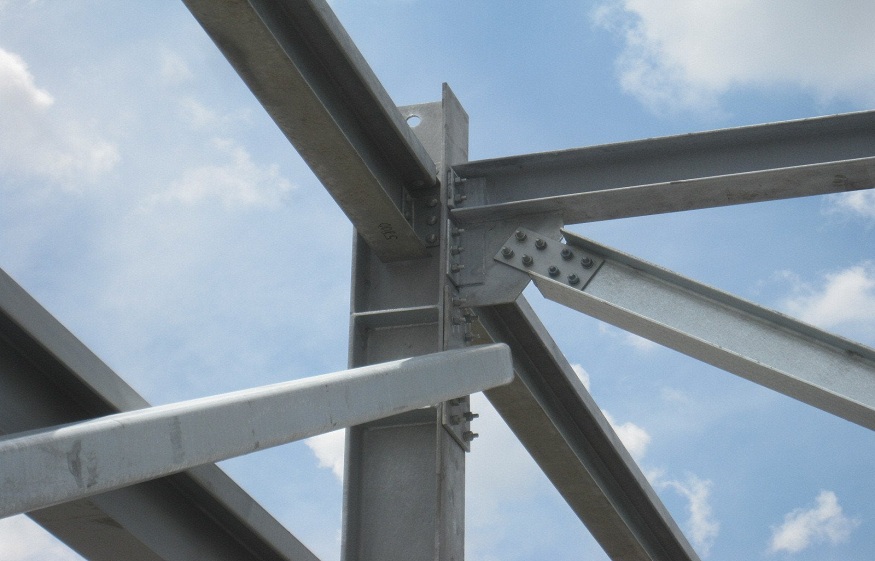Hot Dip Galvanizing Basics
Much of the iron and steel used in building projects and outdoor items are galvanized or coated with zinc to protect against damage from the elements. This can be done through either electro galvanizing, a type of electroplating, or hot dip galvanizing with many manufacturers opting for the second method. There are some basics you should know about hot dip galvanization such as the process and benefits of this technique.
Process
You need specialized equipment for galvanizing metal that is sized to the pieces you will be dipping. Some pieces of hot dip galvanizing equipment are tanks, drying racks and cranes to lower and raise the items. Steel or iron pieces are first cleaned with a caustic solution to remove grease, dirt and paint and then “pickled” in an acidic solution to remove mill scale. Once the pickling solution is rinsed off, a flux of zinc ammonium chloride is applied to protect the surface from rusting when exposed to the air and allowed to dry. The items are then dipped into molten zinc, held at a temperature of 200 to 460 degrees Celsius, and put on a cooling rack.
Benefits
One of the main benefits of hot dip galvanization is that it provides a thicker coating of zinc than electro galvanizing, giving the finished product a longer life. Because the metal is dipped and has a coat around ten times thicker than electroplating, it can be less aesthetically pleasing, however, with a dull finish and visible drips, so it is not typically used in architectural features or display pieces. Hot dip galvanized items are ideal for structural use and outdoor furniture items due to better protection against abrasions and erosion.
Read more: 10 Reasons Why You Should Have A Clothes Dryer At HomeThe basic process of hot dip galvanization involves cleaning and preparing iron and steel items before submerging them in a bath of molten zinc. This creates a thick protective layer that is tough against abrasions and erosion. Electro galvanizing can provide a more shiny and smooth finish, but gives items less protection, so hot dipped products are more commonly seen in construction equipment and outdoor furniture.

